
Näs Church
Näs, SE
Näs Church is one of the 92 medieval churches on the island of Gotland.
Here you can search for a building to visit. You can use the map find destinations, or you can use the filters to search for a building based upon what different criteria.

Näs, SE
Näs Church is one of the 92 medieval churches on the island of Gotland.
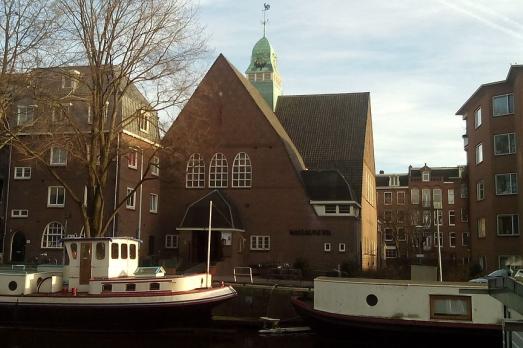
Amsterdam, NL
The Nassau Church is a Protestant church building from 1926 on the De Wittenkade in the Staatsliedenbuurt in Amsterdam - West .
Dordrecht, NL
Community formed from members of the Christian Reformed Church with its then minister in 1977. In the beginning, the community held services in the auditorium of the Christian Lyceum on Bankastraat. In the spring of 1978, the community bought a piece of building land from the civil municipality in the center of Dordrecht. On November 30, 1979, the first pile was driven for this church building. And on December 3, 1980, the church building could be put into use.
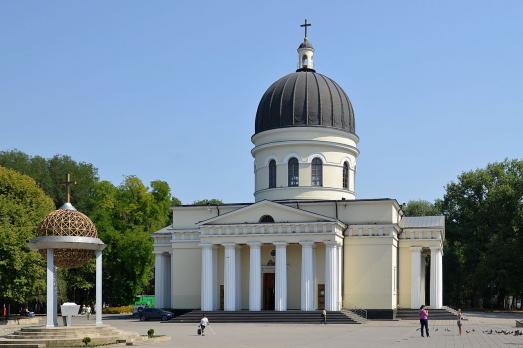
Chișinău, MD
The Metropolitan Cathedral of Christ's Nativity or Cathedral of the Nativity is a neoclassical Orthodox church in Chișinău built between 1826 and 1836.
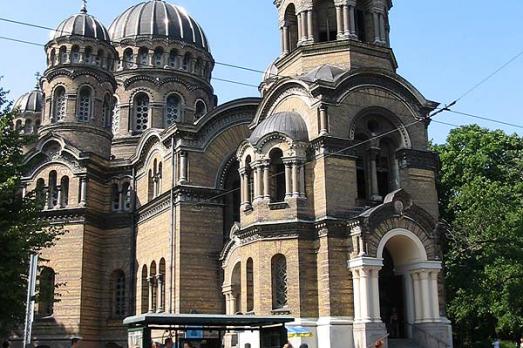
Rīga, LV
The Cathedral of the Nativity is an Orthodox Church, the largest of the Baltic countries. Built between 1876 and 1883 in a neo-Byzantine style, it temporarily transformed into a planetarium during the Soviet era.
Labin, HR
The three-nave church of Blessed Virgin Mary's Birth was built in 1336 on the foundations of the small church from the 11th century. The building has been reconstructed several times, last in 1993. A Venetian lion with a sphere in his mouth - a symbol of Labin recognizing the Venetian government - was put on the front facade in 1604.
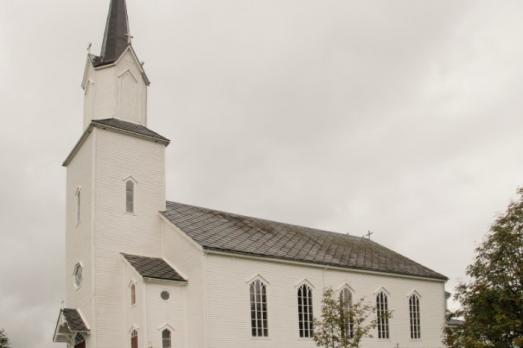
Sunnfjord, NO
Naustdal Church is a long church dating from 1891. The building is made of wood and was designed by the architect Adolf Schirmer. The present church replaced a stone church dating from around 1150 which had become too small. The previous church was one of the very last medieval churches in Norway to be demolished.
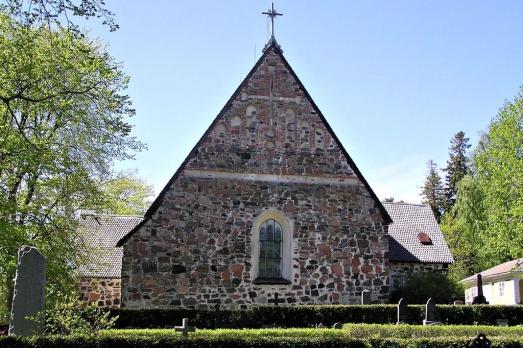
Nagu, FI
The church of Nauvo is a medieval stone church probably built around 1430-1450. The church had the oldest organ in Finland, dating from the 17th century, now in the National Museum. The present organ in the gallery of the west door was built by the Swedish organ builder Olof Schwan in 1791.

Varna, BG
St. Nicholas Seamen Church, also known as the Navy Church, was founded in 1865. Until the anti-Greek upheavals of the early 20th century, the temple was Greek, but on July 4, 1906, it was occupied by activists of the Bulgarian patriotic movement and Bulgarian priests began to serve. It was only in 1961 that the inner walls of the temple were painted.
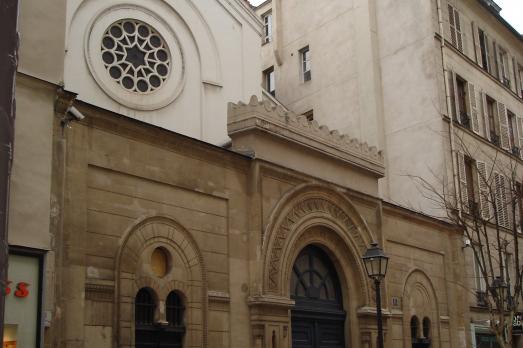
Paris, FR
The Nazareth Synagogue in Paris was completed in 1852 by architect Jean Alexandre Thierry. This brick synagogue is still in use.

new
The Chassidic Route is a cultural and historical trail tracing the rich legacy of Jewish communities in southeastern Poland and western Ukraine. This region was central to the rise of Chassidism in the 18th century. Here, we highlight 10 remarkable synagogues you’ll discover along this route.

he cradle of the Industrial Revolution in Germany, Chemnitz, is well-known for its industrial heritage landscape, but the city is also home to remarkable examples of religious architecture from different historical periods. Join us as we explore the key landmarks of this European Capital of Culture 2025.

The twin towns of Nova Gorica (Slovenia) and Gorizia (Italy), lying on the border between the two countries, have a rich religious heritage, steeped in centuries of tradition. If you are looking for ideas for your visit, take note of these 10 religious sites that you should not miss.